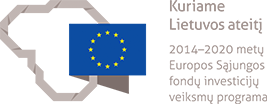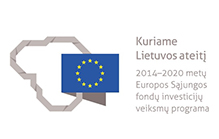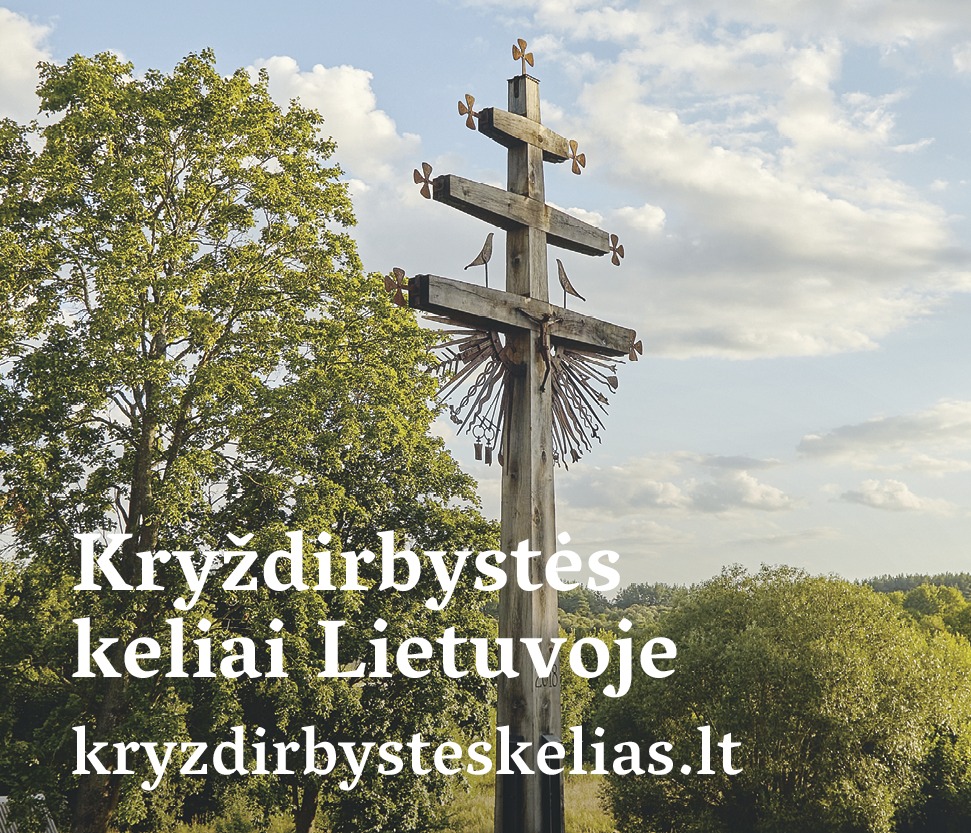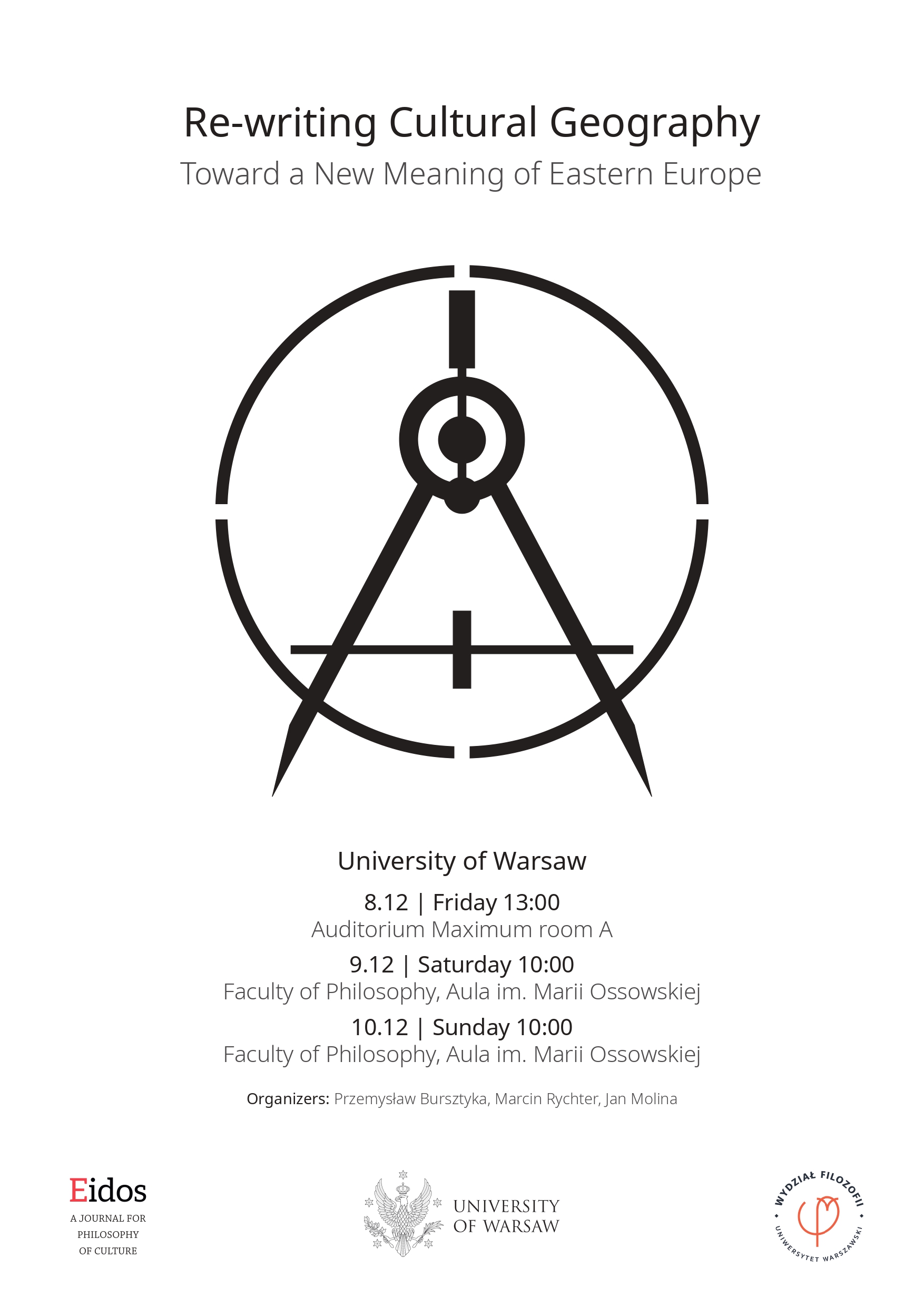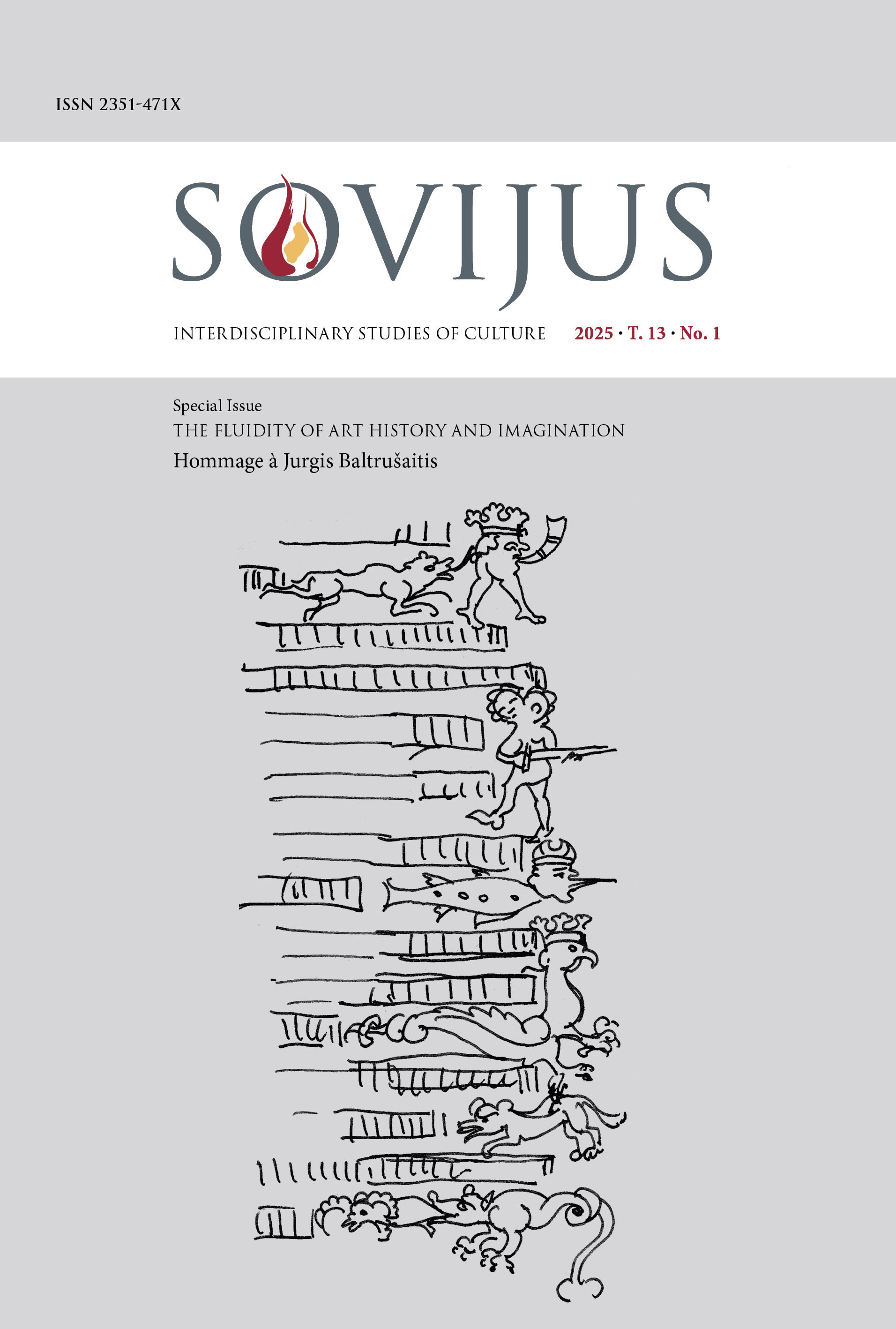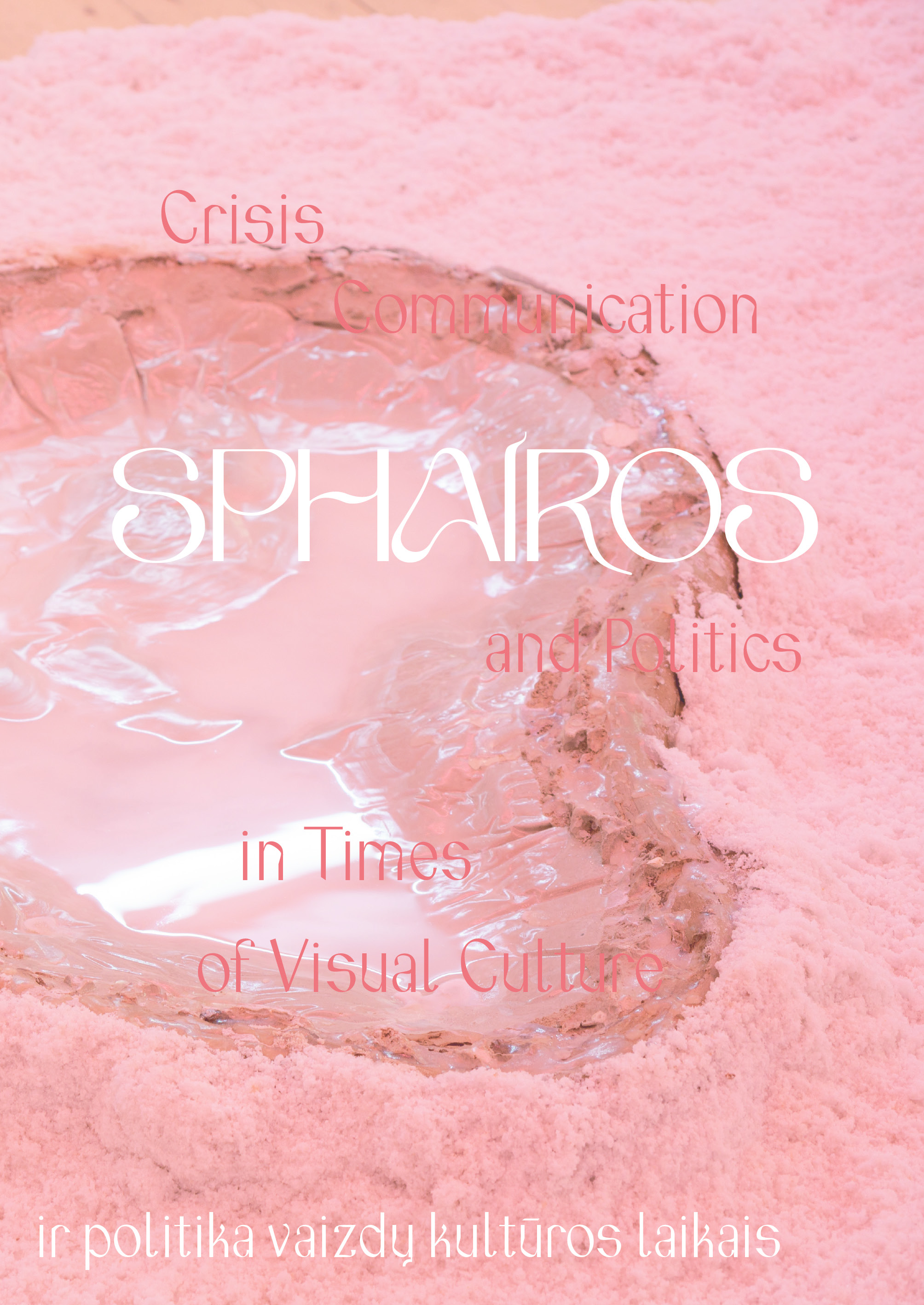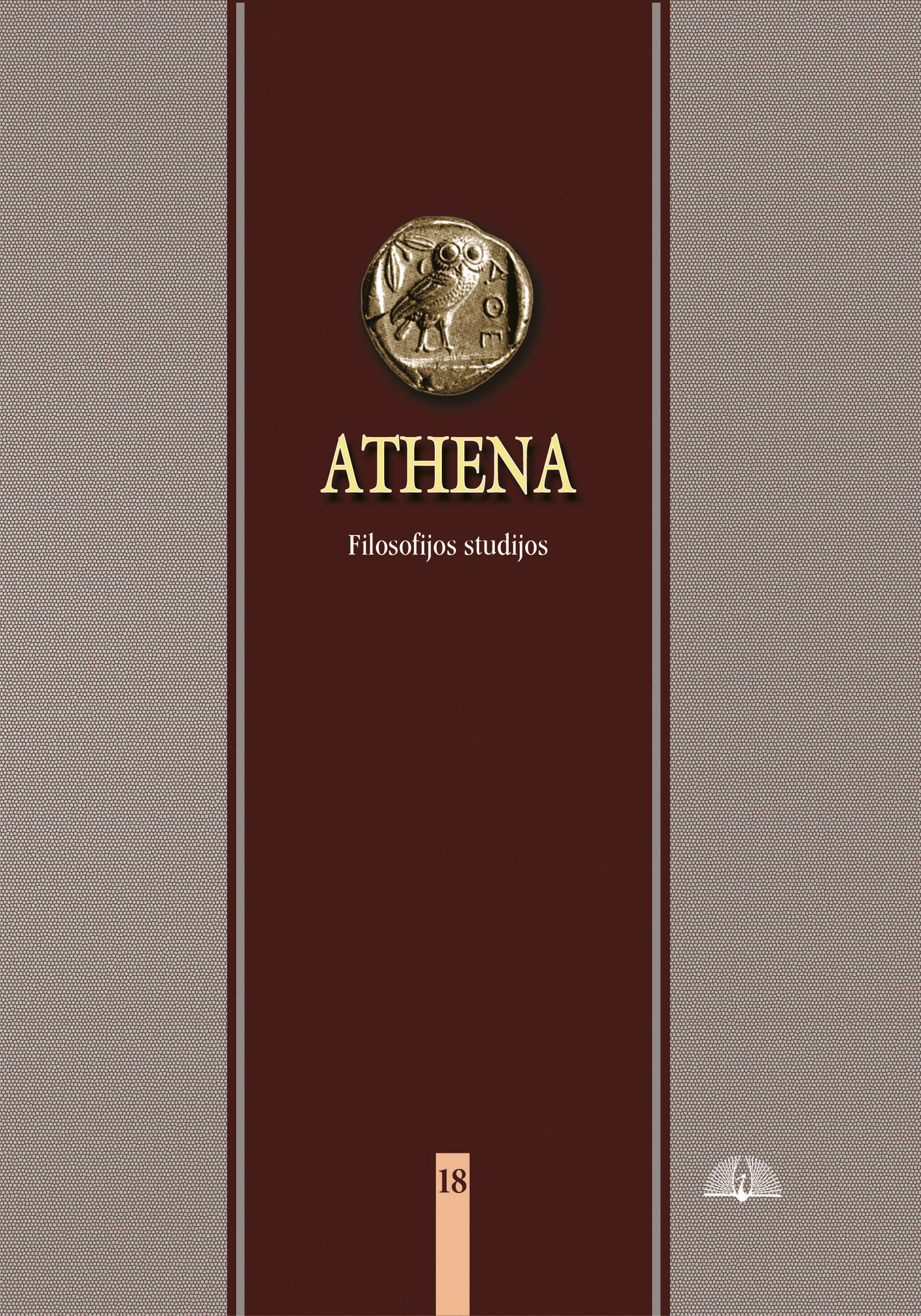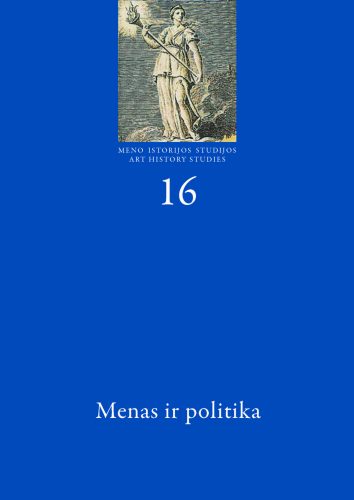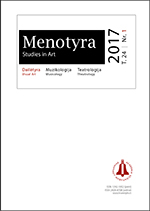- Home
- Structure and Contacts
- Contacts
- Jolita MULEVIČIŪTĖ
Jolita MULEVIČIŪTĖ
PhD, senior researcher
ORCID: https://orcid.org/0000-0003-2376-0304
E–mail: jolita.m11@gmail.com
In 1985, a graduate from the Lithuanian Art Institute, Vilnius. From 1985 to 1990, a junior researcher at the Lithuanian Institute of History. From 1990 to 2002, a researcher at the Institute of Culture and Art. Since 2002, a senior researcher at the Lithuanian Culture Research Institute. Ph. D. thesis The Renewal of Lithuanian Painting: 1956–1970 (Institute of Culture and Art, Vilnius, l994). Internships: Central European University (Prague, 1992), Institute of Art (Polish Academy of Sciences, Warsaw, 2013). Member of the Lithuanian Society of Art Historians.
Current research interests: cultural policy, including visual propaganda, education, copyright, and censorship, in the Russian Empire from 1861 to 1915.
Selected publications
Books:
„Vaitkuškis“. Grafas Stanislovas Kazimieras Kosakovskis (1837-1905) ir XIX a. mėgėjų fotografija: mokslo studija [“Wojtkuszki”. Count Stanisław Kazimierz Kossakowski (1837–1905) and 19th Century Amateur Photography], ed. and author of the text Jolita Mulevičiūtė, Vilnius: Lietuvos kultūros tyrimų institutas, Kaunas: Nacionalinis M. K. Čiurlionio dailės muziejus, 2015, 303 [1] p.
Besotis žvilgsnis: Lietuvos dailė ir vizualioji kultūra, 1865–1914 [An Insatiable Look: Lithuanian Art and Visual Culture from 1865 to 1914], Vilnius: Lietuvos kultūros tyrimų institutas, 2012, 303 [1] p.
Modernizmo link: Dailės gyvenimas Lietuvos Respublikoje, 1918–1940 [Towards Modernism: The Art Scene in the Republic of Lithuania 1918–1940], Kaunas: Nacionalinis M. K. Čiurlionio dailės muziejus, 2001, 223 [1] p.
Scholarly articles:
Kresy w biografii i sztuce Stanisława Bohusza-Siestrzeńcewicza = Pakraščiai Stanisławo Bohuszo-Siestrzeńcewicziaus biografijoje ir dailėje [Borderlands in the art and biography of Stanisław Bohusz-Siestrzeńcewicz], Stanisław Bohusz-Siestrzeńcewicz: twórczość, konteksty, przyczynki = Stanislovas Bohušas-Sestšencevičius: kūryba, kontekstai, koncepcja i red. E. Ptaszyńska, Suwałki: Muzeum Okręgowe, 2022, pp. 81–112.
To Sense an Empire: Russian Education Policy and the Origins of Mass Tourism in the Northwest Region, The Tsar, the Empire, and the Nation: Dilemmas of Nationalization in Russia‘s Western Borderlands, 1905-1915, eds. D. Staliūnas and Yo. Aoshima, Budapest, New York: Central European University Press, 2021, pp. 233–258.
Lietuvos muziejai ir Rusijos imperijos muziejininkystės strategijos [Lithuanian museums and the Russian imperial museum strategies], Meno istorijos studijos, t. 10, sudaryt. L. Balaišytė, G. Surdokaitė-Vitienė, Vilnius: Lietuvos kultūros tyrimų institutas, 2021, pp. 155–190.
Stebėti ir užkardyti. Fotografija Rusijos imperijos teisėsaugoje: lietuviškieji kontekstai [To Surveil and to Prevent. Photography in the Judicial System of the Russian Empire: The Lithuanian Contexts], Acta Academiae Artium Vilnensis, 2020, t. 99: Fotografija: tarpininkės vaidmenys kultūroje, sudaryt. A. Narušytė, pp. 26-58.
Символ порядка или знак раздора? О случаях надругательства над изображениями императора и членов его семьи (на примере Северо-Западного края) [A symbol of order or a sign of discord? Cases of defamation of the portraits of the emperor and his family members (on the example of the Northwest Region)], Ab Imperio. Исследования по новой имперской истории и национализму в постсоветском пространстве, 2020, no. 1, pp. 130-163.
Vietoj įžangos, arba pastabos Antano Gudaičio biografijos paraštėse [Instead of an introduction, or Notes in the margins of Antanas Gudaitis’s biography], Antanas Gudaitis: tekstai ir vaizdai, sud. E. Kunčiuvienė, E. Mikulėnaitė, Vilnius: Lietuvos nacionalinis muziejus, 2020, pp. 9-14.
Hunting for the phantom, or The prospects of studying nineteenth-century Lithuanian art, Kunstiteaduslikke Uurimusi = Studies on Art and Architecture = Studien für Kunstwissenschaft, Tallinn: Estonian Society of Art Historians, 2018, vol. 27 / 1–3, pp. 30–45.
Piešimo mokymas ir socialinė Rusijos imperijos politika: Lietuvos atvejis [Drawing lessons and the social policy of the Russian Empire: the case of Lithuania], Lietuvos istorijos metraštis, Vilnius: LII leidykla, 2018, d. 1, pp. 49–78.
Kam priklauso menas? Pastabos apie autorių teisių reglamentavimo Lietuvoje pradžią [To whom does art belong? On the origins of copyright law in Lithuania], Menotyra / Studies in Art, 2018, t. 25, nr. 4., pp. 259–278.
Politikos įkaitai, arba dar kartą apie Vilniaus senienų muziejaus rinkinių likimą [Hostages of politics, or Once again about the fate of collections of Vilnius Museum of Antiquities], Menotyra / Studies in Art, 2017, t. 24, nr. 4, pp. 274–296.
Apie britus Lietuvoje, arba Williamo Henryʼo Langhorneʼo kelionė į Veprius [On the British in Lithuania, or William Henry Langhorneʼs journey to Vepriai], Menotyra / Studies in Art, 2015, t. 22, nr. 4, pp. 306–321.
Kova dėl vaizduotės: vizualinė Rusijos imperijos propaganda Šiaurės Vakarų krašte [The struggle for imagination: The visual propaganda in the Northwest Region of the Russian Empire], Lietuvių katalikų mokslo akademijos metraštis, 2014, t. 38, pp. 123–140.
Sutramdyti minią [To repress the mass], in: Minios: miniõs vaizdiniai Lietuvos mene nuo XIX a. iki šių dienų, cat., eds. L. Dovydaitytė, E. Parulskis, D. Tumpytė, Vilnius: Lietuvos dailės muziejus, 2012, pp. 45–49.
New aims, old means: rewriting Lithuanian art history of the National Revival period, Kunstiteaduslikke Uurimusi / Studies on Art and Architecture, ed. K. Kivimaa, Tallinn: Estonian Society of Art Historians, 2010, vol. 19/3–4, pp. 42–54.
The programme of the journal Naujoji Romuva and its impact upon Lithuanian art, Reinterpreting the Past: Traditionalist Artistic Trends in Central and Eastern Europe of the 1920s and 1930s, ed. I. Kossowska, Warszawa: IS PAN, 2010, pp. 231–244.
Apie Ferdinando Ruščico peizažinės tapybos kontekstus [On the context of the landscape painting of Ferdynand Ruszczyc], in: Acta Academiae Artium Vilnensis, t. 52: Meno kūrinys: paviršius, figūra, reikšmė, ed. D. Klajumienė, Vilnius: VDA leidykla, 2009, pp. 151–164.
Kieno veidas? Apie XIX a. II pusės – XX a. pradžios portreto žanro ypatumus [Whose face is this? On the characteristic features of the portrait genre of the second half of the 19th and early 20th centuries], Dailės istorijos studijos, kn. 3: Ars memoriae: atmintis – dailės funkcija ir tema (XVIII–XXI a.), eds. L. Balaišytė, A. Kaladžinskaitė, Vilnius: KFMI, 2008, pp. 66–91.
Looking ‘South’: French influence on Antanas Gudaitis’s painting, Centropa (N. Y.), 2006, vol. 6, no. 2, pp. 128–139.
Šalis, kurios nebuvo (Stanislovo Bohušo-Sestšencevičiaus kūrybinio metodo klausimu) [A country that has not existed (On the creative method of Stanisław Bohusz–Siestrzeńcewicz)], Menotyra / Studies in Art, 2005, nr. 3 (40), pp. 1–14.
Uždrausti paminklai: Vilniaus senienų muziejaus reorganizavimas ir jo padariniai [Forbidden monuments: The reorganisation of the Vilnius Museum of Antiquities and its results], Lietuvos istorijos metraštis 2003/2, Vilnius: LII leidykla, 2005, pp. 45–64.
Moderniojo amatininko idėja pobaudžiavinėje Lietuvoje [The idea of the modern craftsman following the abolition of serfdom in Lithuania], Kultūrologija, 2002, kn. 9, pp. 226–253.

Address: Saltoniškių g. 58,
LT-08105, Vilnius
Į. k. 111961791
Tel./fax. +370 5 275 1898
Email: LKTI@LKTI.LT
